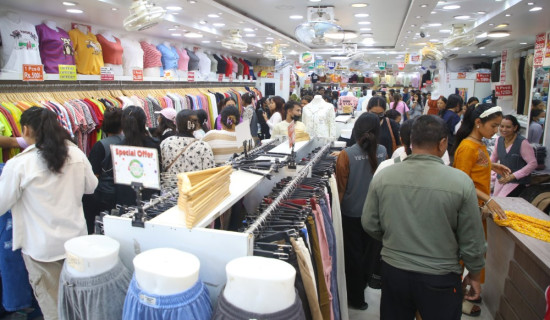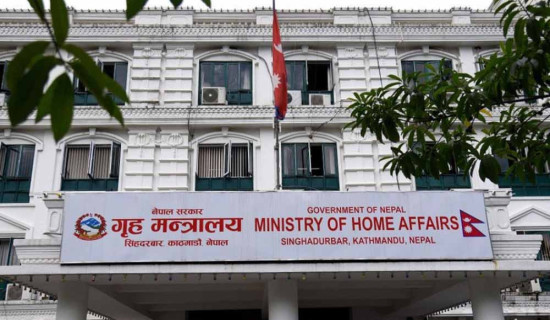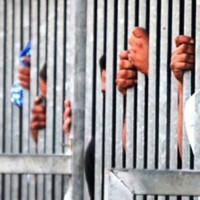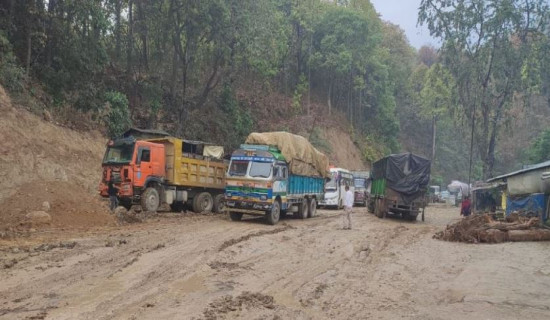- Saturday, 20 September 2025
Bridge Digital Gap
The term 'digital Nepal' has become a buzzword in political discourse, development strategies, and business communities in recent years. With the spread of online education, e-governance, e-payments and e-health, it is claimed that technology will be the great equaliser and offer citizens of all geographies and classes an equal opportunity. However, behind the positive catch phrases is a question: "Are we really creating a Digital Nepal or deepening the digital divide that marginalises many?
Nepal has recorded high digital scores. The penetration of the internet and mobile phones has significantly increased. The use of social media has become common and the youth are keeping up with the world in terms of technology adaptation. While digital payment systems were something new, nowadays they are part of the daily life of many urban dwellers. The COVID-19 pandemic gave rise to online classes, Zoom sessions, and e-commerce sites, proving that technology can be essential to survive in the globalised world.
However, digital inequality has also been entrenched. The facilities of technology are very much concentrated in the major cities like Kathmandu, Pokhara and Lalitpur and the villages are usually challenged with issues related to poor connections, power failures, and lack of infrastructure. The fact that someone owns a smartphone does not necessarily mean he or she is digitally literate.
The opportunities that technology provides are not available to many of the aged, rural women, or otherwise marginalised communities. An example is that students in urban areas are in a position to have access to online classes, whereas those in rural areas are compelled to walk long distances to get the schools that do not even have access to basic internet.
There is a risk that digital transformation may, in fact, increase the disparity and not close it. The resourceful, knowledgeable, and accessible will gain more than the unresourceful, with the latter being further marginalised. Because farmers in Humla cannot find the means of linking to the online marketplaces, the urban entrepreneurs are reaping the benefits of expanding their businesses with a few clicks. Online services via a government portal are of little use to citizens in rural Rukum who are unable to log in because of a poor network or inadequate training.
This does not imply Nepal should give up its digital aspirations. Quite the contrary, the future is definitely digital and it would be a mistake if we fail to embrace it. This is where the actual challenge lies: we need to make digital drive inclusive and fair. That demands an investment not only in infrastructure, but also in people.
Providing broadband access to rural regions, subsidising digital access to disadvantaged populations, and offering digital literacy education primarily to women, senior citizens, and disadvantaged groups, among other strategies, are essential.
Not only that, but the government's policies should be pragmatic and implemented, keeping the socio-economic and geographical conditions of the country into account. The programme, such as 'Digital Nepal Framework', needs not just to centre its attention on urban innovation hubs but also needs to respond to ground realities.
The local governments can also be a key player in establishing digital resource centres in villages, providing citizens with access to online services, training, and facilities they otherwise are unable to afford at home. Technology can also be made affordable and sustainable through public-private partnerships.
Meanwhile, we should take a critical look at the dangers of excessive dependence on digital systems. There are increasing challenges with cybersecurity threats, online fraud, misinformation, and privacy. Considering that many Nepalis are new internet users, they do not have information regarding online safety, which puts them at a disadvantage. Digital trust and protection are necessary before a fully digital nation can be created.
The question is not, will Nepal become digital, but will Nepal become a fairly digital country? Technology is not an end but a means. When applied in the right way, it can empower the powerless, improve governance, and open opportunities in the world. But its imbalanced development will give rise to new pecking orders, the digital elites soaring to the top, and the rest disenfranchised.
Digital Nepal should then be more than a dream of a higher-speed internet and convenient applications. It should be an investment in ensuring a digital era of inclusion, equity, and justice. Only then shall technology become a medium and not an obstacle to a more equal Nepal.
















